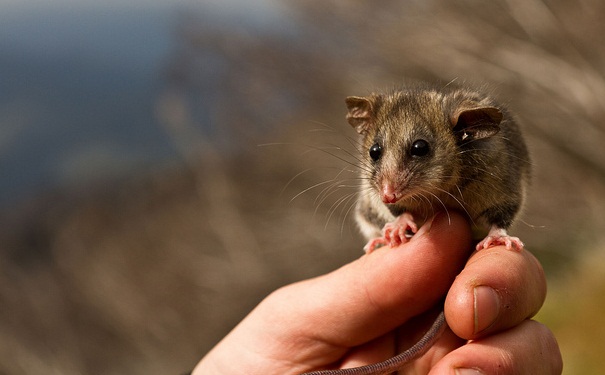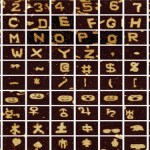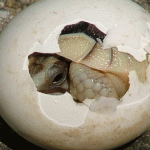
The Mountain Pygmy possum is confined to alpine environments. Image courtesy of the Department of Sustainability and Environment via Flickr.
Australian researchers have successfully bred genetically distinct Mountain Pygmy-possums.
The Mountain Pygmy-possum was believed to be extinct until it was discovered in a ski chalet at Mount Higginbotham, Victoria, in 1966. They are confined to Australia’s Alps, within a range of about 10 square kilometres.
Ian Mansergh, the Department of Sustainability and Environment, says it is believed that the initial population decline was due to the destruction and fragmentation of habitat at Mount Buller. “This decline and lack of recovery was probably then compounded by increased predation by cats and foxes. Over several years habitat was reconnected and restored at Mount Buller and there has been a very active predator control program.
“This has been wonderful work; however, the genetic issues- too much inbreeding, too little variation- are now the major problem in recovery.”
The small populations and the isolation have caused a loss of genetic diversity in these possums. Dr Andrew Weeks from the University of Melbourne says “The Mount Hotham individuals have high genetic diversity, while the Mount Buller population has very low levels of genetic diversity. That is why we have moved the individuals from Mount Hotham to try and use their genetics to reinvigorate the Mt Buller population.”
Six male mountain possums were caught at Mount Hotham and released at into the territory of the females at Mount Buller. Dr Weeks said “They were translocated in late October, with radio collars so that we could monitor their movements.”
The four-week relocation resulted in the first wild born Pygmy-possum with genetic features from both populations. “We expect that by moving the individuals that they will breed with the Mt Buller females, and because they have healthy genetic diversity, this will be transferred into the Mt Buller population.
“Our translocation was successful in doing this, as we found in February that we had at least one hybrid cross generated in the wild.”
Once the researchers were satisfied that the males had had an opportunity to breed with the Mount Buller females, they took them off the mountain and relocated them to Healesville Sanctuary. The sanctuary has been used for captive breeding of these possums since 2006, which could be eventually be released into the wild to supplement the existing population.
However, this is the first time that a translocation for the genetic rescue of a wild population has been conducted in Australia. Dr Weeks explains that these are even rare internationally.
“If successful, it will provide a way of managing other threatened species that have lost habitat and occur in fragmented distributions throughout Australia. It could be a very effective and cheap method for saving many of Australia’s unique and endemic fauna.”






